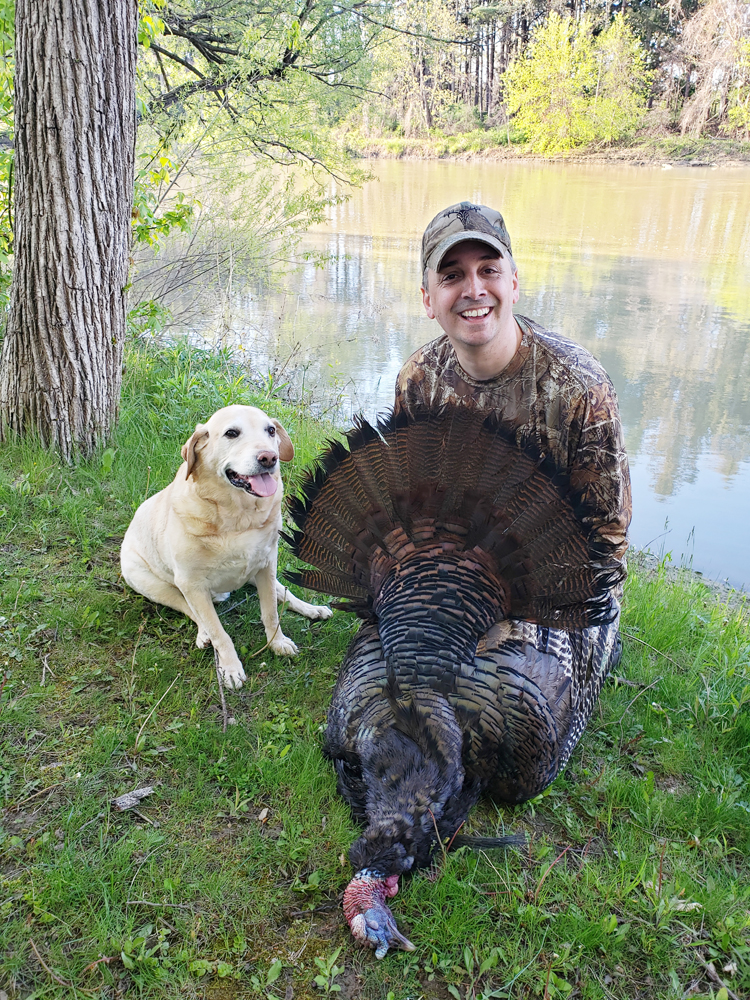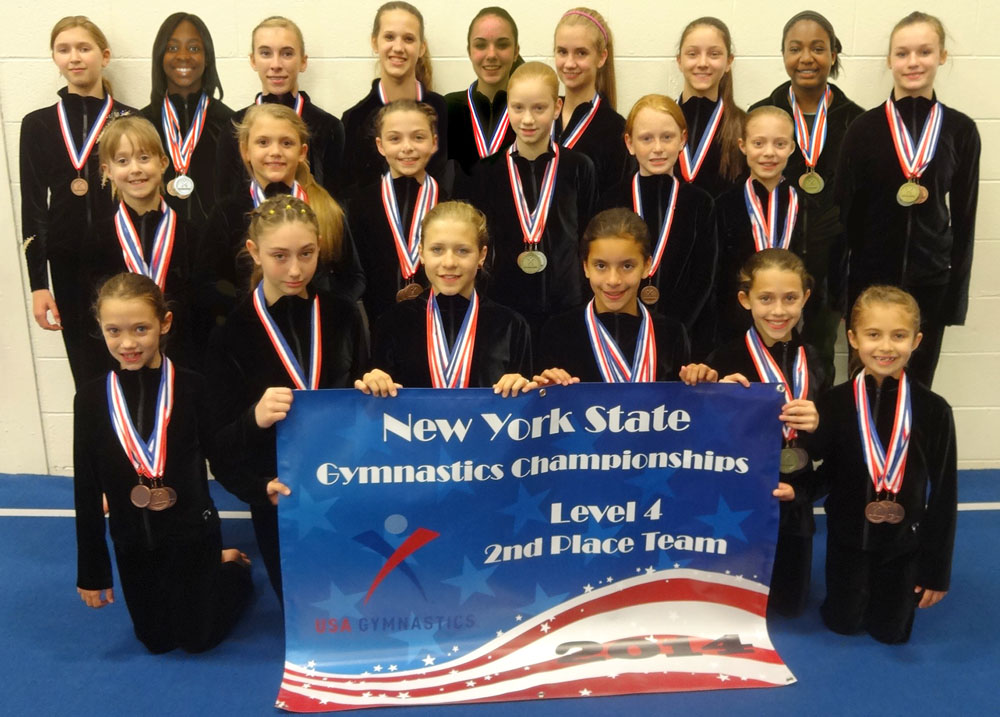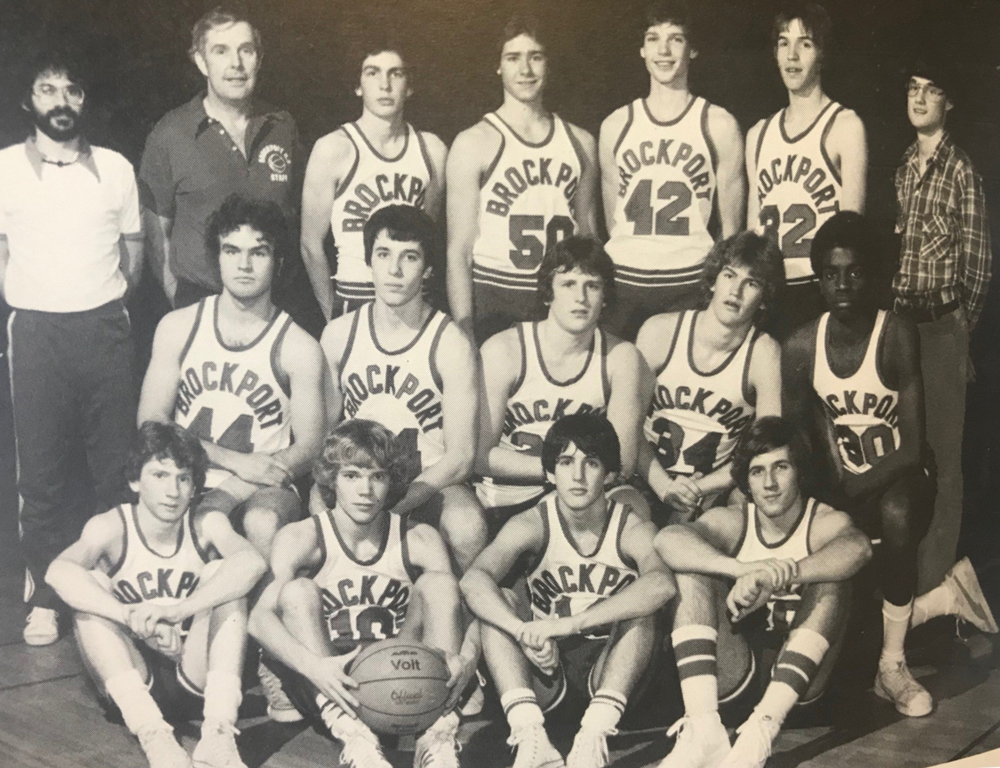Turkey Talk

The pursuit of a gobbling wild turkey in the spring woods of New York is close to my favorite pastime, second only to doing anything with my grandkids. The pursuit of these wary birds has more highs and lows than a rollercoaster, but when it all works out, it is an adrenaline rush that can make even the most experienced hunter shake like Elvis.
Spring turkey season in New York runs from May 1 through May 31, and hunters are allowed to harvest two tom turkeys per season but never two on the same day. New York State is not known for its turkey hunting like it is for its outstanding fishing, but it has a decent wild turkey population.
The Department of Environmental Conservation’s website tells us the spring turkey harvest in New York averages approximately 19,000 birds and varies based on the number of participants and turkey productivity in the previous few spring seasons. DEC biologists expect hunters to take more turkeys this spring than last year. Hunters prefer to take toms (birds older than two years) over younger male jakes, so typically wildlife managers see a two-year lag between summer productivity and spring take. Overall, turkey populations are lower than a few years ago due to below-average reproductive success in two of the last three years. However, improved turkey productivity in 2020 will mean a greater proportion of toms available to hunters this spring compared to last year.
When all is said and done, New York’s turkey harvest numbers have been going down since 1999. One of the main reasons is New York State has more predators than most people know because many are nocturnal and are never seen. The reason for the high predator population is no one is trapping them anymore. Trappers have quit because they have no place to sell their furs. The U.S. fur market is non-existent because it’s politically incorrect to wear fur now. Russia and China still buy U.S. furs from the Hudson Bay fur auctions in Canada, but prices are so low that by the time U.S. trappers pay to ship their fur up to the auctions, they are losing money. The DEC is doing its best to manage our turkey population and not let the birds go the way of the wild ringneck pheasant in our state, but with all these turkey eaters, it’s an uphill battle.
All that being said, we optimistic chasers of the longbeard gobbler still go at it like there is one behind every tree, using our special camo turkey guns and all the turkey calls and other gear we can jam into our turkey vest.
Speaking of turkey gear, a recent development in shotgun shells over the last five years has improved turkey hunting. Ammo companies are using heavier metals such as tungsten alloy, tungsten-iron, or bismuth shot rather than the lead shot used for more than a century. These heavier shot types, sometimes referred to as “Tungsten Super Shot” or “TSS,” maintain enough energy to harvest a turkey at greater distances. In terms of kinetic energy, #9 tungsten can have the same weight as #5 lead shot. These new metals have added ten to twenty yards to the distance you can cleanly harvest a turkey. A turkey farther than 40 yards was safe in the past, but now 50 and even 60-yard shots are doing the job. These shells come with a heftier price tag, with some 12-gauge 3.5-inch shells selling for $86 for a box of five. Yes, you read it right: $17.80 a shell. I know, I know, you could buy the largest butterball in the supermarket for that money, but for the hardcore turkey hunter, these shells may be worth the price. When you do the math, the average turkey hunter in New York will usually only get one or two shots at a gobbler each season. In the grand scheme of things, with all the cash we spend turkey hunting – guns, decoys, clothing, boots, and calls – a $20 shell that might harvest the only gobbler you see all season that hangs out at 50 yards as they often do, might – and I use that yellow highlighter on the word might – be worth the extra green.
If you’re a deer hunter and have never tried spring turkey hunting, you need to. Go back to the area where you saw turkeys during the deer season and listen at the first hint of daylight. Chances are there are gobblers near enough from their fall haunts that you will hear gobble off the roost in the morning. Then move into 150 yards of them on the roost, sit down, and do your best to sound like a lusty hen turkey. If the gobbler is alone, chances are he will come to see what this new hot chick looks like. If he’s roosting close to real hens, your odds will drop considerably, but now you are turkey hunting. If you should find that right lonely gobbler and you score, you will be hooked forever.
Spring is the greatest time to be outdoors; you turkey hunters know this, so set your alarm to that insanely early hour and get out there. Remember to be safe and know your target. There is never a valid excuse to shoot at a sound.






